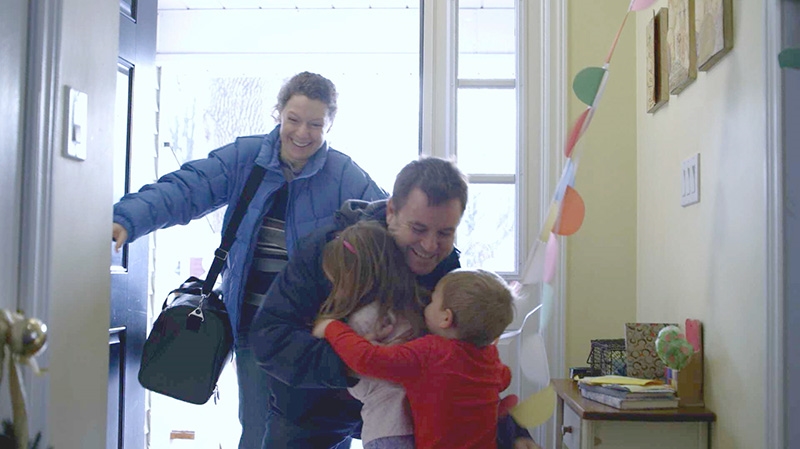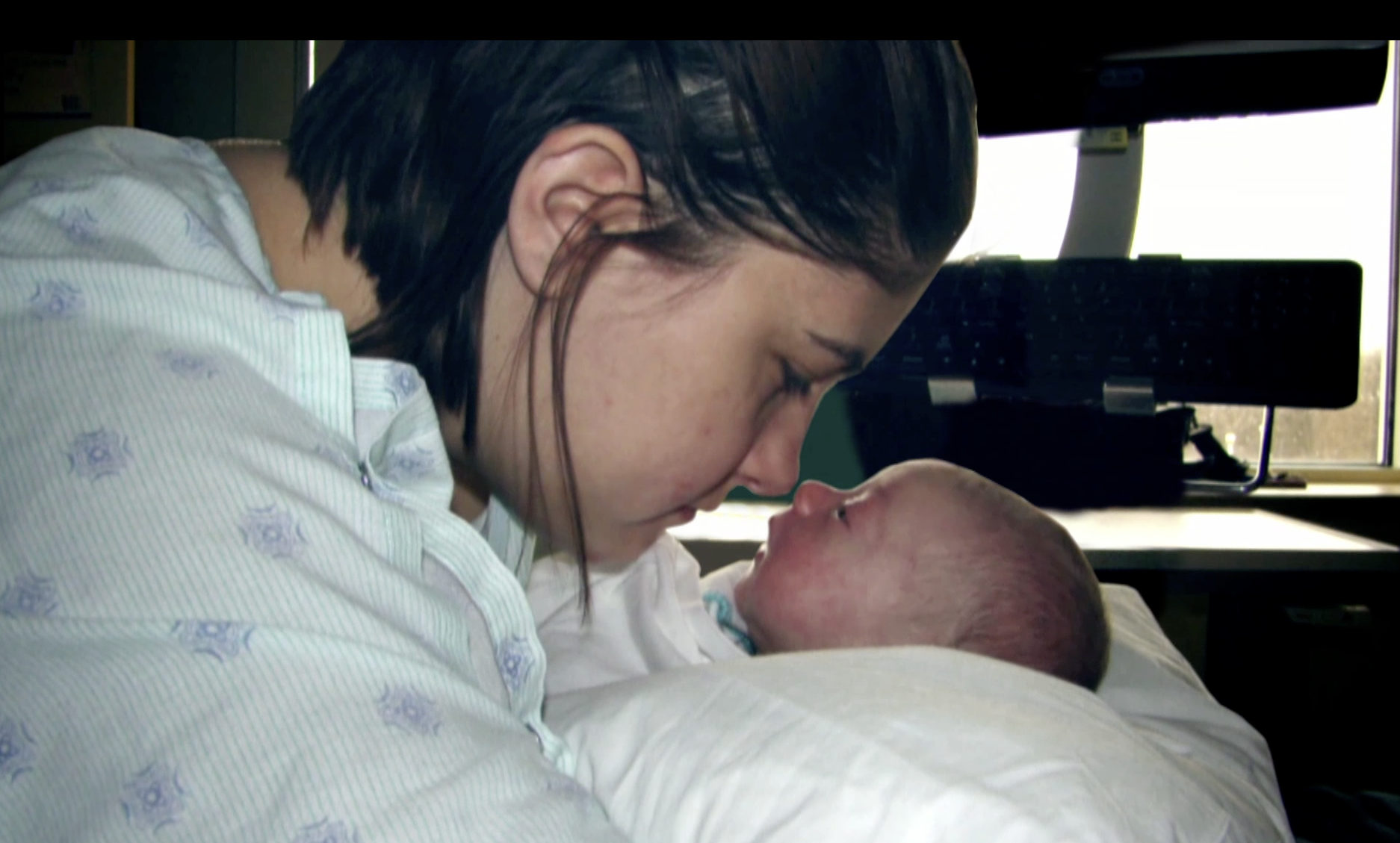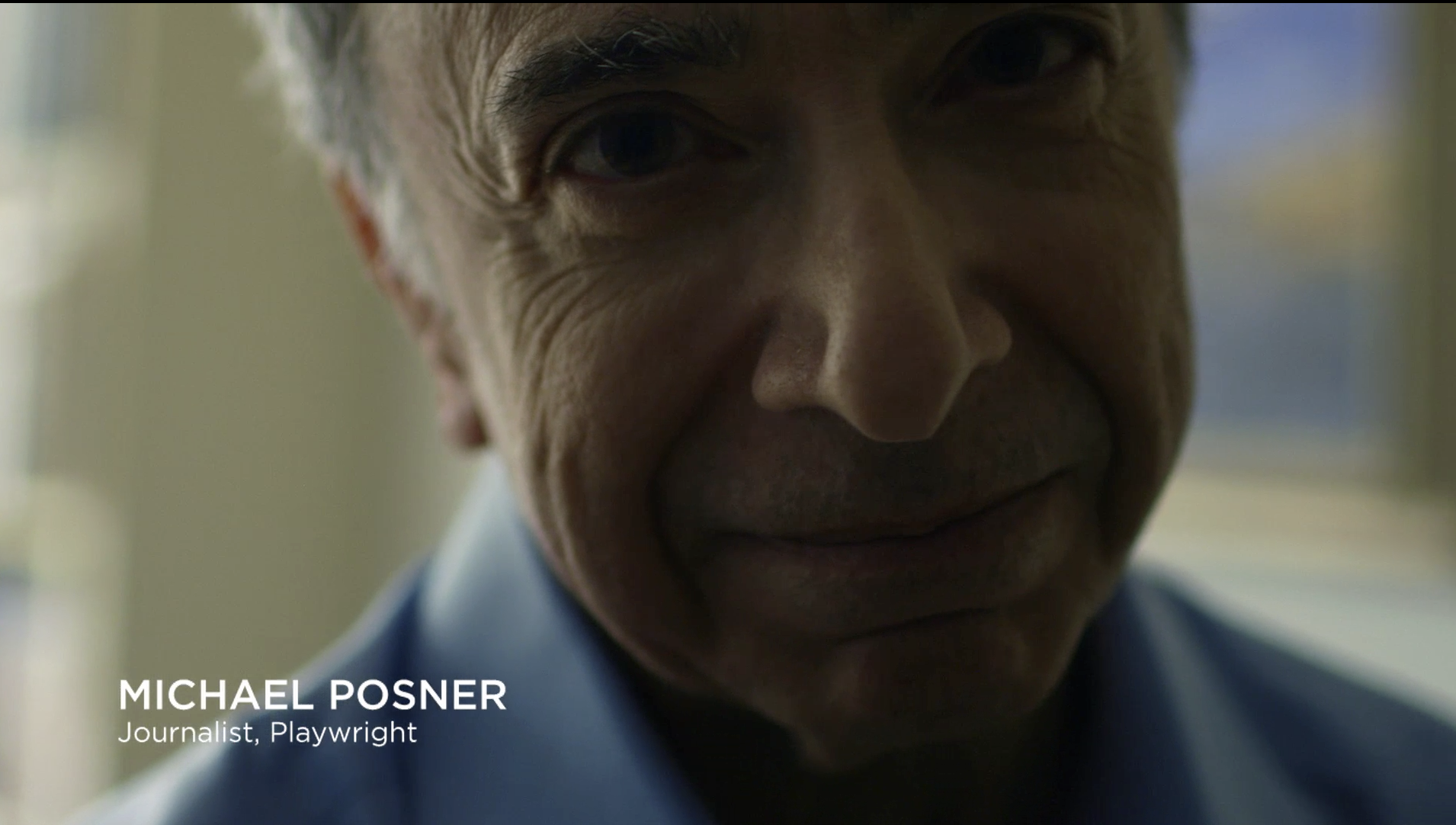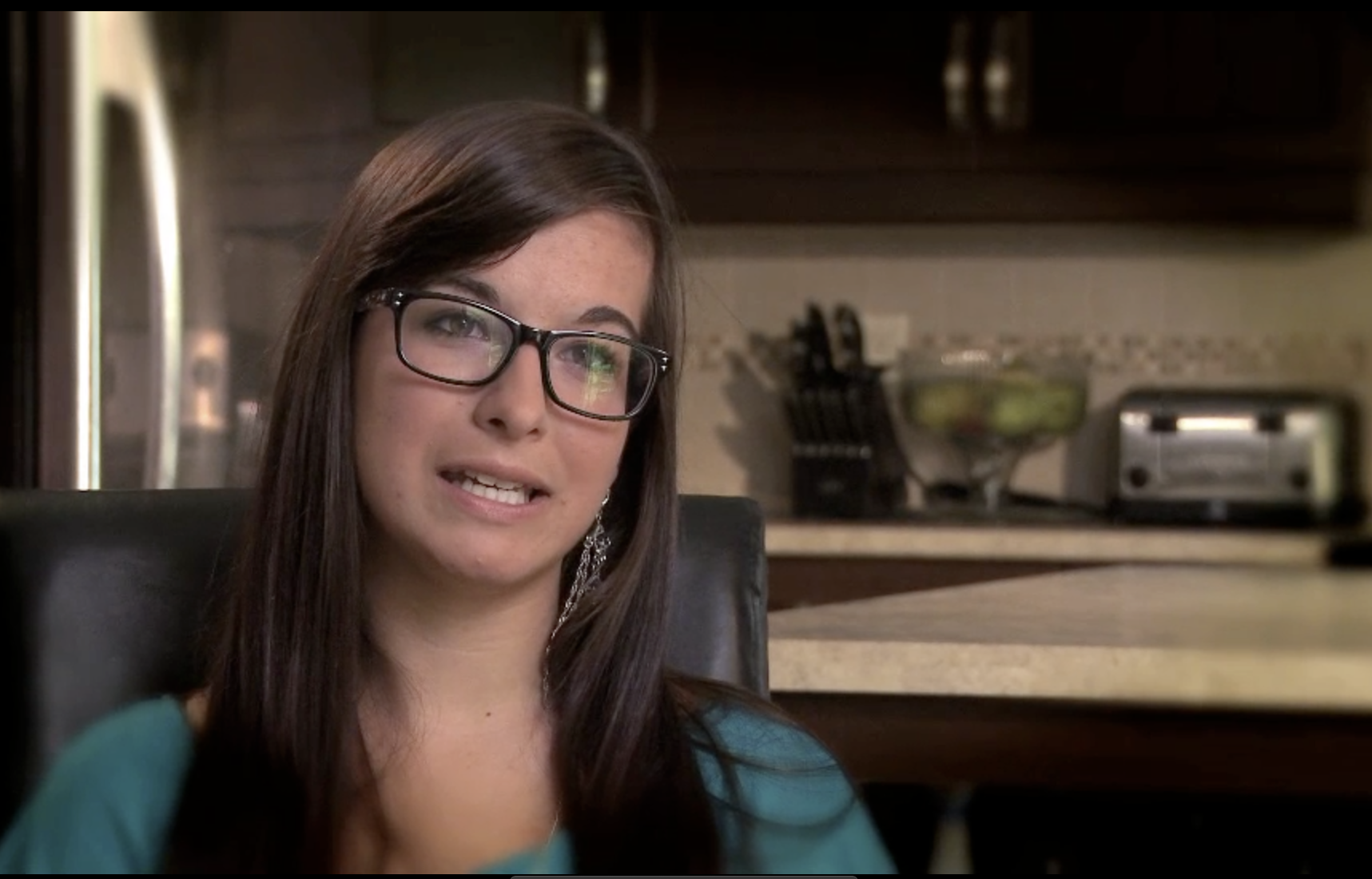Coming Home
Off to a Good Start (SILVER)
Client Credits: Heart & Stroke Foundation of Canada
Geoff Craig – CMO
Joanne Cullen – Director, Marketing Planning & Activation
Susan LeBlanc – Manager, Digital Marketing
Cindy Lithwick – Senior Associate Manager, Marketing Planning & Activation
Leslie Wood – Director, Communications
Matt Mayer – Senior Specialist Mission Information
Jeanne Jin – Coordinator, National Digital Marketing
Agency Credits: Ogilvy & Mather
Ian Mackellar – Chief Creative Officer
Chris Dacyshyn – Senior Writer
Julie Markle – Senior Art Director
Shenny Jaffer – Producer
Asha Davis – Account Star
Elizabeth Takasaki – Planner
Laurie Young – Managing Director
Mike Kirkland – Art Director
Ken Galloway – Videographer
Mindshare – Brian Fitzpatrick – Managing Director, Invention
Mindshare – Lorena Chiarotto – Director
Mindshare – Dina Podbelskaya – Communications Planning Director
Mindshare – Louise Finn – Associate Director
Mindshare – Robert DaSilva – Managing Director, Client Leadership
Environics – Jennifer Glickman – VP
Environics – Rebecca Beitchman – Senior Consultant
Section I — BASIC INFORMATION
| Business Results Period (Consecutive Months): | December 2013 – June 2014 |
| Start of Advertising/Communication Effort: | December 2013 |
| Base Period as a Benchmark: | December 2012 – June 2013 |
Section II — SITUATION ANALYSIS
a) Overall Assessment
The Heart & Stroke Foundation’s recent campaigns had delivered great impact: Make Death Wait had shown Canadians that 1 in 3 lives are lost to heart and stroke disease; and, Make Health Last had underscored the urgency to make lifestyle changes now. But new communication goals had surfaced.
A great brand needed to change course.
Charitable donations by Canadians were down, as were those to the Heart and Stroke Foundation. We needed a larger share of a smaller wallet – in order to maintain our programs, advocacy and research.
We needed to reignite passion for the cause.
While the Heart & Stroke Foundation was one of the most recognized and reputable charities in Canada, consumer sentiment tracking indicated that it had become big and somewhat impersonal.
We needed to connect with Canadians in a way that could gain fair consideration for their charitable giving in the face of another disease that felt more visible, more unforgiving and more deadly: a disease like cancer.
Now, we needed a new campaign to focus on the Foundation’s successes; the impact that it has had is legion. The task at hand was to make these successes relevant, meaningful, and a reason to donate.
b) Resulting Business Objectives
The business objective was to increase donations by 7%, starting with the holiday season when many Canadians look at their charitable giving for altruistic and tax reasons.
The perceptual objective was to strengthen the brand’s emotional connection.
The societal objective was to increase digital engagement; aside from administrative ease, this would mean more Canadians were accessing the valuable information housed on the Foundation’s site: information that helped illuminate what the Foundation was doing, and what Canadians could do for their own health.
The final challenge? A budget that was less than half of what had been spent in each of the previous two years.
c) Annual Media Budget
$2 – $3 million
d) Geographic Area
National, English and French
Section III — STRATEGIC THINKING
a) Analysis and Insight
Target our highest value donors.
Our segmentation research identified two groups with a higher propensity to donate.
Top priority was the health-focused Boomers, 50 plus years of age. This group had been our largest donor segment and continued to be the most predisposed to give. They were most likely to have experienced the impact of the disease themselves, through family or friends.
The secondary target was 30-44 -year old child-focused parents. They represented a growth donor segment, as they could intersect with the disease through their parents, could see it for themselves, and could be motivated through concern for future generations.
For both targets, we knew opportunity lay in showing the impact of a donation to the Heart & Stroke Foundation could make on their lives.
Tangibility of impact was key.
Our research into global best practices had shown that tangibility in results was a prime motivator in charitable giving. Plan Canada had executed against this insight in a memorable way: donors “bought” a sheep, two hens and a chick, or a goat.
“What’s our goat?” became our strategic rallying cry.
But the Foundation’s contribution was more complex than sending a farm animal to a family in need. Its contribution lay in research, often-cofunded, that drove remedies like clot-busting drugs for stroke victims. It lay in the training of almost 450,000 Canadians to perform CPR. It lay in the creation of rehab camp for children who had suffered perinatal stroke. A wealth of options that posed a challenge for single-minded messaging.
So instead of looking deep into this myriad of research grants, policy lobbying, emergency training and recovery protocols, we looked up. We looked for something tangible among of all of these activities, and we found it in their ultimate outcome: the saving of lives. Every Heart & Stroke Foundation action, be it preventative, emergent or recovery, was about saving lives.
Our “goat” was a saved life.
A broad platform, but one that stood apart from other health charities; the Foundation was not looking to battle disease but rather to impact lives.
It was a platform with particular poignancy for our target, most of whom would have witnessed a saved life, or a life that came back to some degree of normalcy. This platform allowed us to tap into the emotional currency that could help drive the donations we needed.
b) Communication Strategy
The insight of anchoring our messaging in tangible results informed our communication strategy.
Each of the Foundation’s strategic pillars was assessed in terms of how they “saved lives”. This served as an acid test for the platform’s strategic strength, and helped to craft the appropriate positioning for the Foundation’s many events and activities. It allowed us to create the umbrella under which the preventative aspect of combatting obesity could comfortably sit with the emergency aspect of CPR training and the rehabilitation of stroke victims. It all built to the call-to-action: #createsurvivors. And it worked in event signage, brochure ware, collateral and volunteer communications.
Importantly, it empowered donors with the knowledge that they were the ones saving lives every time they gave to the Foundation.
Media and content choices were made on the basis of their ability to carry a story; a story that could evoke an emotional response while conveying the Foundation’s role in saving lives.
Video was therefore an important asset in the storytelling process. And to ensure every opportunity to donate was recognized, every asset showed or clicked through to an online donation portal.
Limited funding shaped it.
With a budget less than half of what had been spent in each of the last two years, setting priorities was critical. Accordingly, television was deployed to achieve reach or air cover, while a robust digital presence was deployed to drive messaging and donations.
Section IV — KEY EXECUTIONAL ELEMENTS
a)Media Used

b)Creative Discussion
We translated the platform of saving lives into a creative idea: survivors are the ultimate living proof of how donations can tangibly affect change. As the Heart and Stroke Foundation, we create survivors.
A survivor, by definition, is someone who has endured. They may emerge unscathed, or they may be scarred, but they have endured. Creatively, we saw that the ultimate reward in endurance could be found in the act of coming home.
The emotion that surrounds a homecoming was the basis for our television.

Longer form online video allowed us to tell the real-life stories of survivors and their homecomings. Each chronicled the impact the disease had on their life and importantly, the Foundation’s role in mitigating it to ensure the tangibility of impact.
To convey the scope of heart and stroke disease, we portrayed survivors from all walks of life and demographics.
Baby Kristin

Author Michael Posner

Former Olympian Isabelle Brasseur

Joanie Loranger

c)Media Discussion
With digital donations quickly becoming the preferred giving mechanism for Canadians, we made the online donation portal the campaign’s centre, with all content referencing or linking through to this hub.
The television commercial and broadcast partnership promoted both the url and #createsurvivors. Survivor videos, housed on YouTube and the Foundation’s site, were annotated to add depth to the stories and link directly to the donation portal. A video amplification strategy, executed through paid media, allowed these videos to be displayed alongside relevant content to maximize opportunities for engagement, click throughs and donations. We also optimized video ad serving based on the content that was driving the most click throughs – this helped to maximize our ability to drive donations.
Survivors videos were also amplified through pre-roll and Trueview. All content on the Foundation’s website was pulled in from YouTube; this meant that views were amalgamated for enhanced ranking and findability within the Google network.
Paid search combined both brand and campaign terms to improve the Foundation’s search ranking. These terms were also incorporated into video tags to increase findability of content.
Facebook posts were designed to leverage content and promote the donate call to action. Promoted tweets and a promoted trend #createsurvivors were also part of the social effort.
With optimization always at play, digital display was used initially for awareness, but funding was later diverted to search based on stronger results.
Section V — BUSINESS RESULTS
a) Sales/Share Results
The wallets of Canadians opened:
- Our ingoing goal of a 7% increase in donations was soundly trumped by a 40% increase versus previous year
The digital engagement improved significantly:
- Over 2,250,000 video views, with over 25,000 click-through to the donation page.
- Average click-through rate 1.32%; 32 times higher than industry benchmark.
- Average completion rate 68% vs. industry benchmarks of 28% – 48%, indicating that the content was especially compelling.
The public and press responded:
- Very strong earned media results (72.5 million media impressions and 339 stories) – versus the goal of 30 million and 150 stories.
b) Consumption/ Usage Results
c) Other Pertinent Results
d) Return on Investment
Section VI — CAUSE & EFFECT BETWEEN ADVERTISING AND RESULTS
a)General Discussion
#createsurvivors was the sole factor in driving results.
Media spending was significantly lower than year ago.
Total media spending was 67% below prior year. The difference, and key contributor to results was the increased percentage in digital effort. Digital made up 32% of the media spending, compared to only 13% in the prior year, and the strength of this strategy is borne out in the engagement scores cited in results.
Brand recall confirms the resonance of the messaging.
Preliminary results from Ipsos tracking show that communication has had positive impact on all key measures among those recalling the advertising.
Index of Mean Scores: Proven Recall Respondents to Others

Top box scores for advertising content are all above Ipsos norms.

b)Excluding Other Factors
Spending Levels:
As noted, spending was significantly lower. There were no other factors that could have impacted results.
Pricing:
Not a factor
Distribution Changes:
Not a factor
Unusual Promotional Activity:
Not a factor
Other Potential Causes:
None